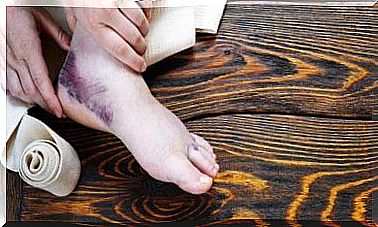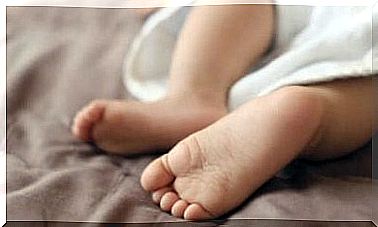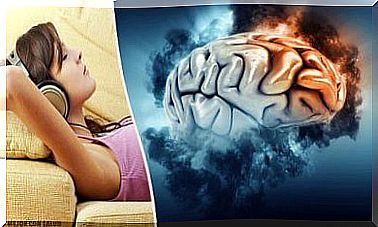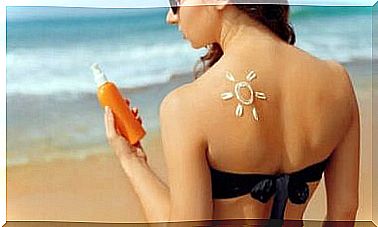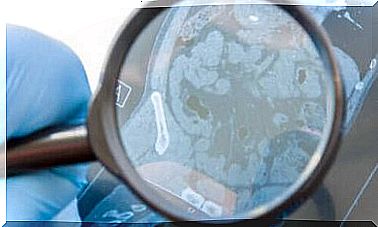Discovering The Physical Characteristics Of Autism
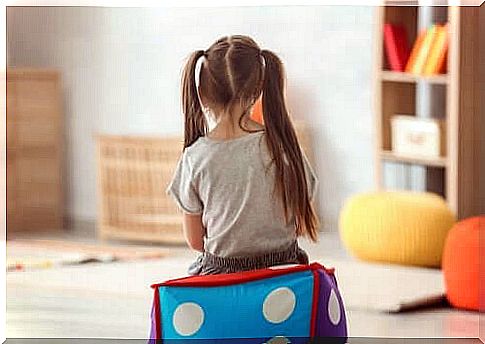
Thanks to new research, scientists have uncovered a number of physical features that may be linked to autism.
A Brief History of Autism
Autism is a neurobiological disorder that was discovered quite recently. It was first identified in the mid-twentieth century by psychiatrist Leo Kanner. Since then, there have been many studies that have renewed and expanded the knowledge about this disorder.
When we talk about autism in general, we actually mean autism spectrum disorders. This is a broad group of disorders consisting of a number of similar, but different, neurobiological developmental disorders.
However, it was not always so. In fact, the term autism was created to denote a symptom of schizophrenia. The word comes from the Greek autos, which refers to “oneself.”
Later, the word became common for child psychology. It described children who had difficulty achieving emotional contact and who presented various stereotyped behaviors.
Next, we look at the autism spectrum. In addition, we will talk about research that has been done on the possibility of a physical trait linked to this condition.
The Autism Spectrum
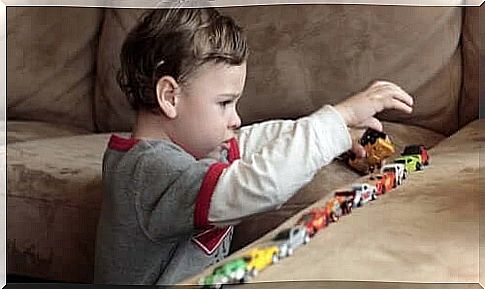
Autism is often a reason why a baby can be aloof with their parents during the early months of life. Fortunately, however, experts have conducted many successful studies and are learning more and more about the disease.
As a result of these studies, the concept of “autistic spectrum” emerged. Experts began to distinguish a number of different syndromes based on their individual idiosyncrasies. An example is Asperger’s syndrome: people who suffer from the syndrome have no delay in language acquisition.
Then the concept of the cause of these disorders was changed. Today, experts accept that it is a result of genetic, epigenetic and environmental factors during embryogenesis.
Autism Spectrum Disorders
Across the autism spectrum, the basic symptoms include the following:
- persistent deficiencies in communication and social interaction
- restrictive and repetitive patterns of behavior, interests, and activities
These symptoms are present in the early stages of development.
The first signs
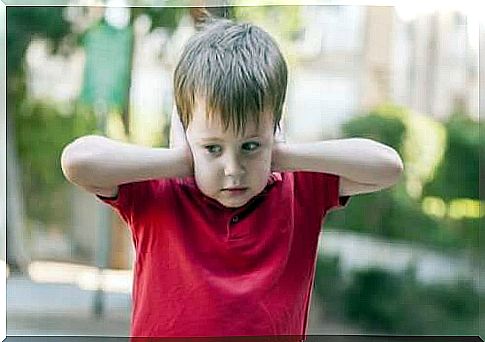
The first signs of autism are usually visible around the age of three. However, children with autism do not have a “social smile” long before they are three years old. The social smile is the first smile a child shows. It is a response to stimuli, such as the mother or father of the child.
In addition, they are hypersensitive to the following stimuli:
- tactile
- auditory
- olfactory
- taste
Usually they avoid personal and visual contact. In addition, they usually use very little language.
They often do not understand jokes, double meanings or metaphors. Nor do they participate in symbolic games, such as playing mother and father or playing with cars as if they were real. Their interests are usually unusual, repetitive, and they prefer to do them alone.
Children with autism usually have little interest in other children. In addition, when they are young, they don’t tell you what they like or want (for example, by pointing their finger). Their behavior is also “unusual” and repetitive, as well as self-stimulating (like balancing things).
New physical features of autism
Recently, the La Trobe University of Melbourne (Australia) conducted a study on autistic children. It appears that they have found physical features linked to autism.
In this study, the researchers found that, on average, children with autism are born with certain salient features:
- 4.8 centimeters smaller
- 181 grams less weight
- cranial circumference 1 cm smaller.
However, experts have also found that by age three, children with autism tended to outnumber neurotypical children with other physical characteristics. It seems it’s all due to a growth hormone imbalance that is common in autistic children.
About this research
However, you should know that this study was relatively small-scale. Only 134 children with autism and 74 neurotypical children participated. In addition, there are no previous studies that support this research. In fact, in the only previous research conducted in this regard, no differences have been found between certain children and others.
In addition, no girls participated in this study. This is very important to keep in mind because autism spectrum disorders develop with significant differences between boys and girls.
According to Dr. However, Cherie Green’s research could be useful for identifying subgroups of autism. Basically, people with mutations in the CHD8 gene tend to have larger heads, while people with the mutated DYRK1A gene tend to have smaller heads.
In addition, this type of research may have other applications. One could be to determine which mechanisms (outside the brain) play a role in the development of the disorder, and how. The next step in this research is to investigate growth in adolescents.
